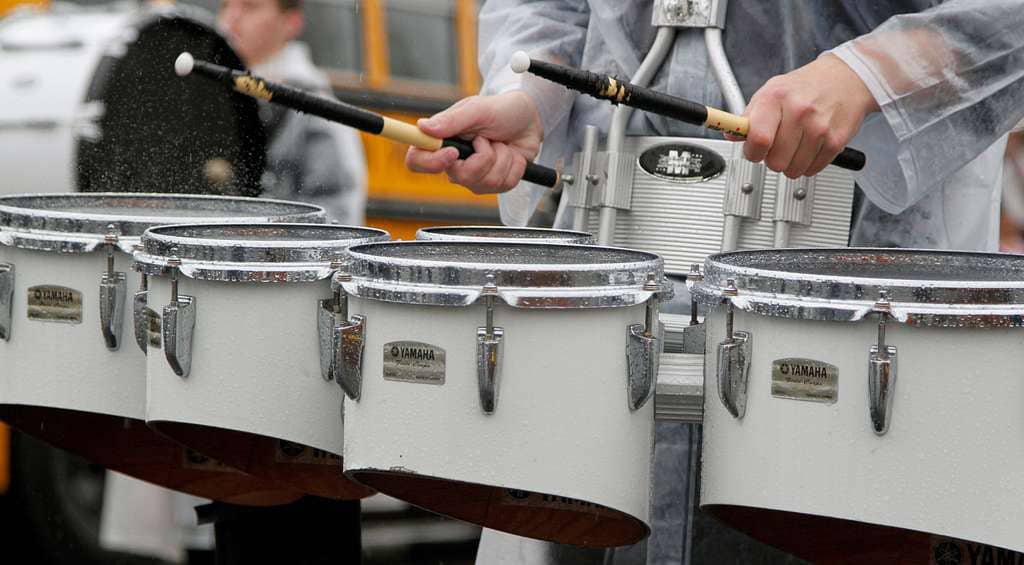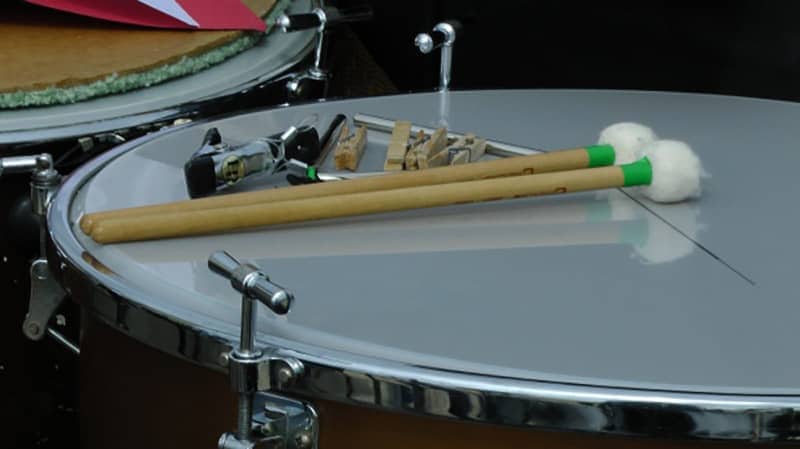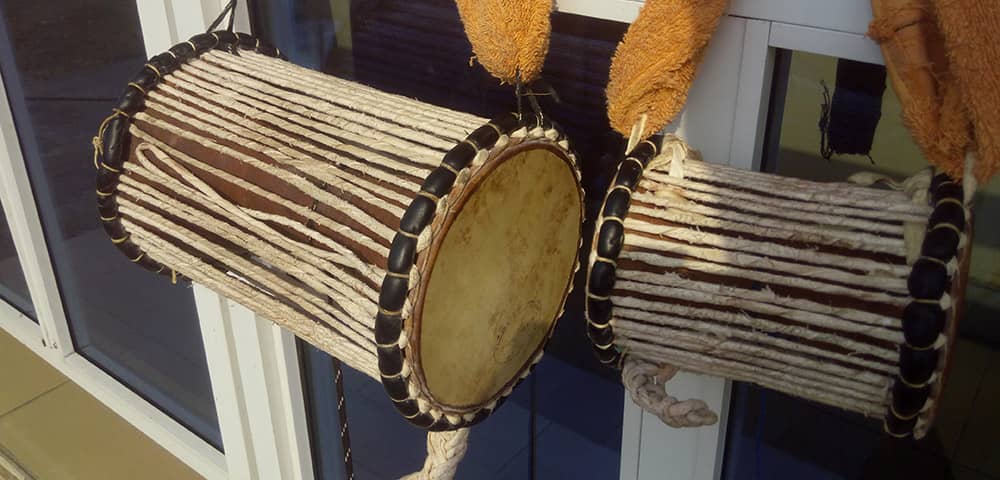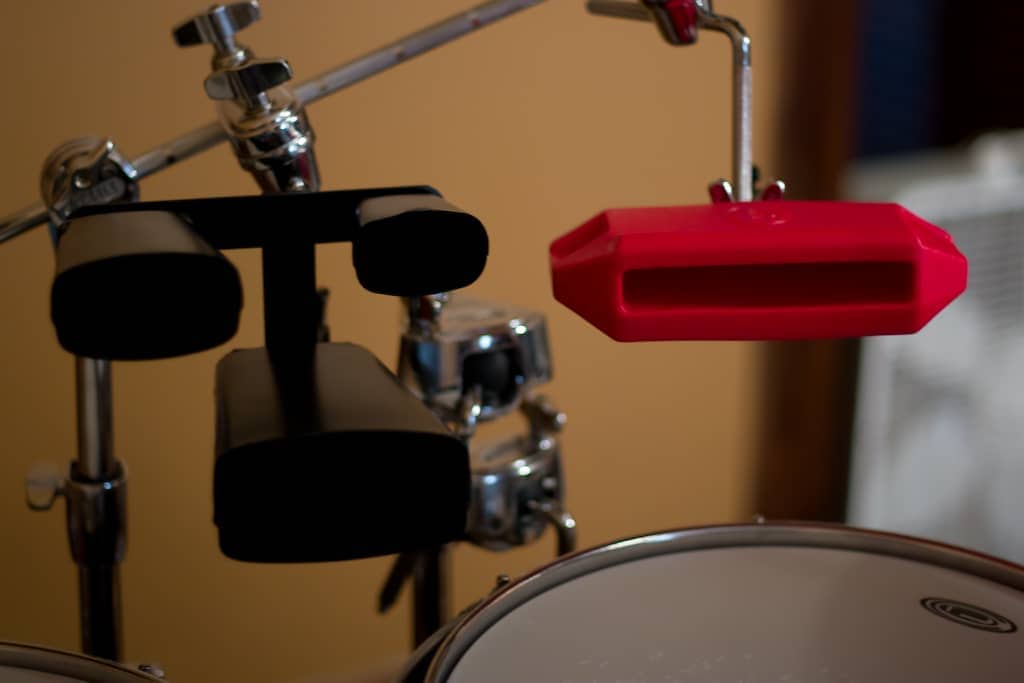Handpans and steel tongue drums are both unique percussion instruments that produce beautiful, melodic tones.
While they may appear similar due to their round metal dome shapes, there are a few key differences to help distinguish between the two.
Handpans were first introduced in the early 2000s and are known for their dimpled surface, with no piercing of the steel.
These dimples are called notes and are carefully tuned to create harmonic resonance when struck with the hands or mallets. The center note, known as the “Ding,” is the lowest note and creates rich bass tones.
On the other hand, steel tongue drums have tongues cut into the steel, creating a variety of shapes but are often tongue-shaped, as the name suggests.
These tongues are responsible for producing different notes when struck with hands or mallets. Steel tongue drums can trace their history back to the Hank drum, which was created from a propane gas tank and inspired by the original Hang handpan and the instrument’s materials.
In terms of playing techniques, both instruments can be played with hands or mallets, depending on the musician’s preferences and the desired sound.
Handpans often have a more delicate and ethereal sound, while steel tongue drums produce a clearer and more focused tone.
When it comes to maintenance, handpans generally require more attention as they are sensitive to changes in temperature and humidity.
They may also demand regular tuning to maintain their unique sound.
Steel tongue drums, on the other hand, are relatively low-maintenance with less sensitivity to environmental changes, making them more accessible to beginners or those looking for a lower-maintenance instrument.











